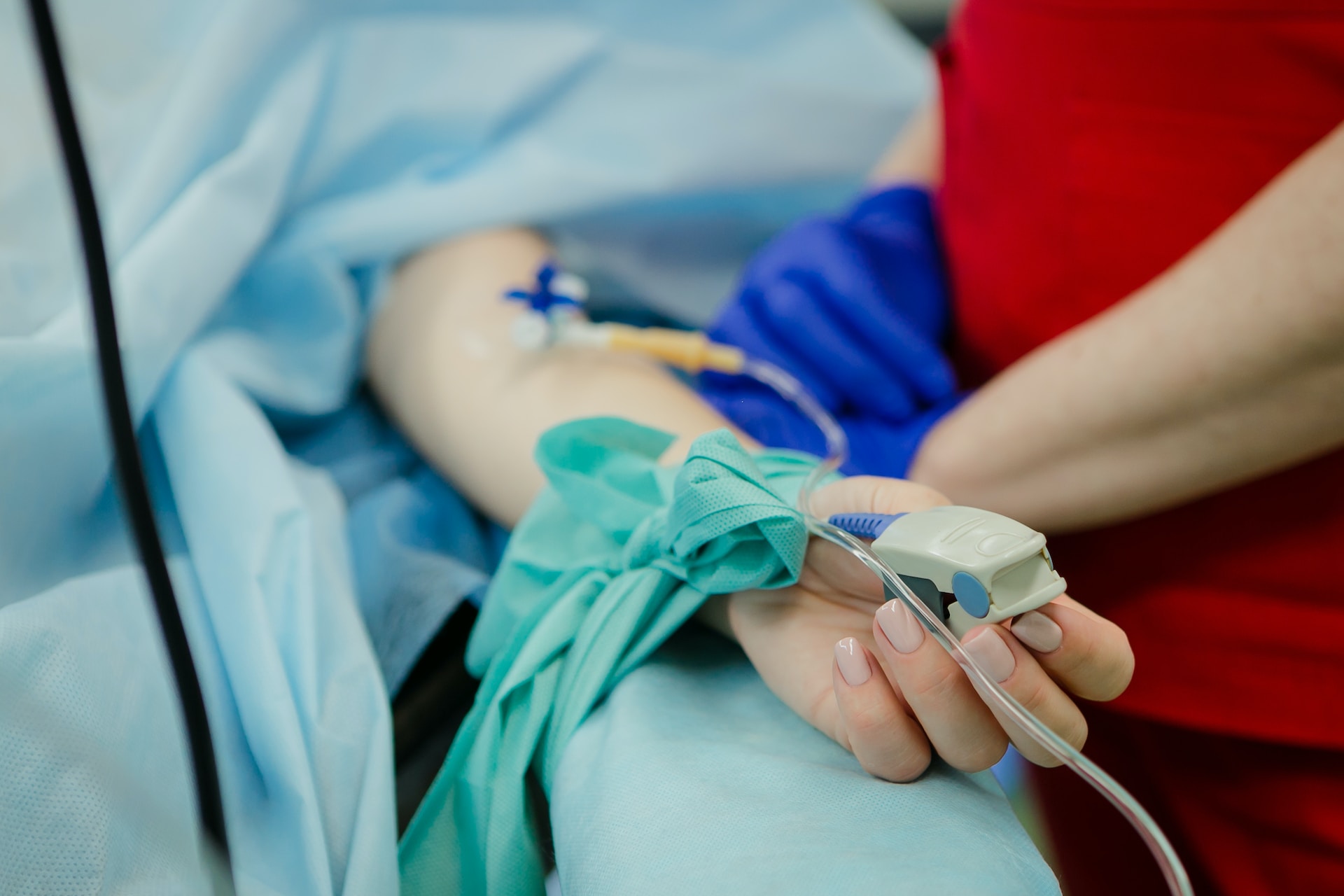Chemoembolization, commonly referred to as transarterial chemoembolization (TACE), is an effective tool in the fight against cancer. It focuses on the direct administration of medicinal agents to the arteries feeding a tumor. After this, these very arteries are sealed off with unique particles. This dual-action strategy results in a powerful anticancer effect.
The diseases treated with chemoembolization
Chemoembolization is frequently chosen to address a range of cancers, notably in the stomach, liver, lung, and colorectal areas. However, certain prerequisites must be met by patients before undergoing this procedure:
- Adequate vascular structure that can supply blood to the entire tumor area
- Healthy functioning of kidneys and liver
- A generally satisfactory health condition
There are specific factors that might prevent a patient from undergoing transcatheter chemoembolization. These include a reaction to drugs containing iodine, advanced overall health issues, and significant heart problems. Often, chemoembolization is chosen for patients with either primary or metastasized cancer, especially if traditional chemotherapy hasn’t shown effective results.
The chemoembolization procedure
Before a patient can receive TACE, they first meet with an expert from the interventional radiology team. This meeting ensures the patient understands the possible risks and potential outcomes, especially concerning the localized use of cancer-fighting drugs.
The procedure starts with local anesthesia and catheterization of the femoral artery. A specialized catheter is threaded through this artery up to the targeted region, where a chemotherapeutic drug is slowly introduced. Following the drug’s introduction, blood flow in the tumor vessels diminishes. In addition, gelatin or plastic particles are inserted to obstruct vessels and further reduce blood flow.
After finishing the chemoembolization, the catheter is taken out, and the patient is monitored medically for six hours. To check the treatment’s effectiveness, an MRI or CT scan is usually conducted within the following 24-48 hours. For the best outcome, this process might be repeated a few times, typically with a month’s gap between sessions.
What happens during chemoembolization?
During the TACE chemoembolization procedure, cancer is targeted in two ways. First, the direct introduction of an anti-tumor solution into the blood vessels feeding the tumor allows for the application of high doses of the chemotherapeutic agent. Second, the particles introduced into the tumor vessels obstruct blood flow to the neoplasm. Since blood supplies the oxygen and nutrients necessary for tumor growth, blocking the blood supply significantly slows down or halts the cancer’s development.
It is possible for patients to undergo this treatment multiple times across several years, as long as it remains technically achievable. For optimal health advantages, experts usually advise undergoing the procedure two or three times, spaced about a month apart. Following each session, CT scans are routinely done. These scans are crucial not only to assess the success of the recent treatment but also to keep an eye on the development of any new tumors and track the growth or regression of current ones.
The main objective of chemoembolization is to decrease tumor sizes and inhibit further growth. Based on the specific nature and number of tumors, chemoembolization might be chosen as the sole therapeutic approach or paired with other treatments like surgical procedures or radiation therapy.
Chemoembolization in Germany
Germany is renowned worldwide for its excellence in healthcare, and this includes advanced cancer treatments like chemoembolization. German hospitals use the latest technology for precise tumor targeting in chemoembolization, leading to better results and fewer side effects. The doctors and staff are highly skilled, with many recognized globally for their expertise. This ensures patients receive top-notch care.
Some of the well-known places to receive chemoembolization include he University Hospital Frankfurt and the Helios Clinic Berlin-Buch. Both are recognized for their top-notch medical expertise and state-of-the-art technology. At the University Hospital Frankfurt, a multidisciplinary team of medical experts works closely with each patient to provide the most effective treatment plan. Their modern medical equipment enables precise tumor targeting during chemoembolization, which can significantly enhance treatment results while minimizing side effects.
Similarly, the Helios Clinic Berlin-Buch prides itself on offering a comprehensive range of services and a high level of patient care. Their approach towards chemoembolization is patient-centric, ensuring personalized care based on the individual’s needs.
Pricing and what it depends on
It’s important to note that the chemoembolization cost in Germany can vary based on several factors. These include:
- Treatment complexity. More complex cases may require additional procedures or longer hospital stays, which can increase the overall cost.
- Location of the hospital. Prices can vary between hospitals and cities. Metropolitan areas with a high cost of living might charge more for their services.
- Doctor’s expertise. Doctors with extensive experience or specializations might charge higher fees.
In this landscape, Booking Health serves as a bridge connecting patients worldwide with German medical expertise. The platform evaluates numerous clinics, considering their specialization, success rates, and reputation, before recommending the best options for a patient’s specific health needs. The goal is to ensure the patient receives treatment that is tailored to their situation:
With Booking Health, one does not have to worry about the logistical complexities associated with receiving treatment abroad. They assist with visa arrangements, translations, transfers, and accommodation, simplifying the process and allowing the patient to focus on what truly matters – their health.
Booking Health provides transparency in financial aspects, ensuring no hidden charges or overpricing. They negotiate directly with hospitals and clinics to provide the best possible prices, saving the patient from potential financial strain.
From initial consultation to post-treatment follow-ups, Booking Health stands with the patient throughout their journey. This continuous support ensures a seamless experience, minimizing stress during an otherwise challenging time.











